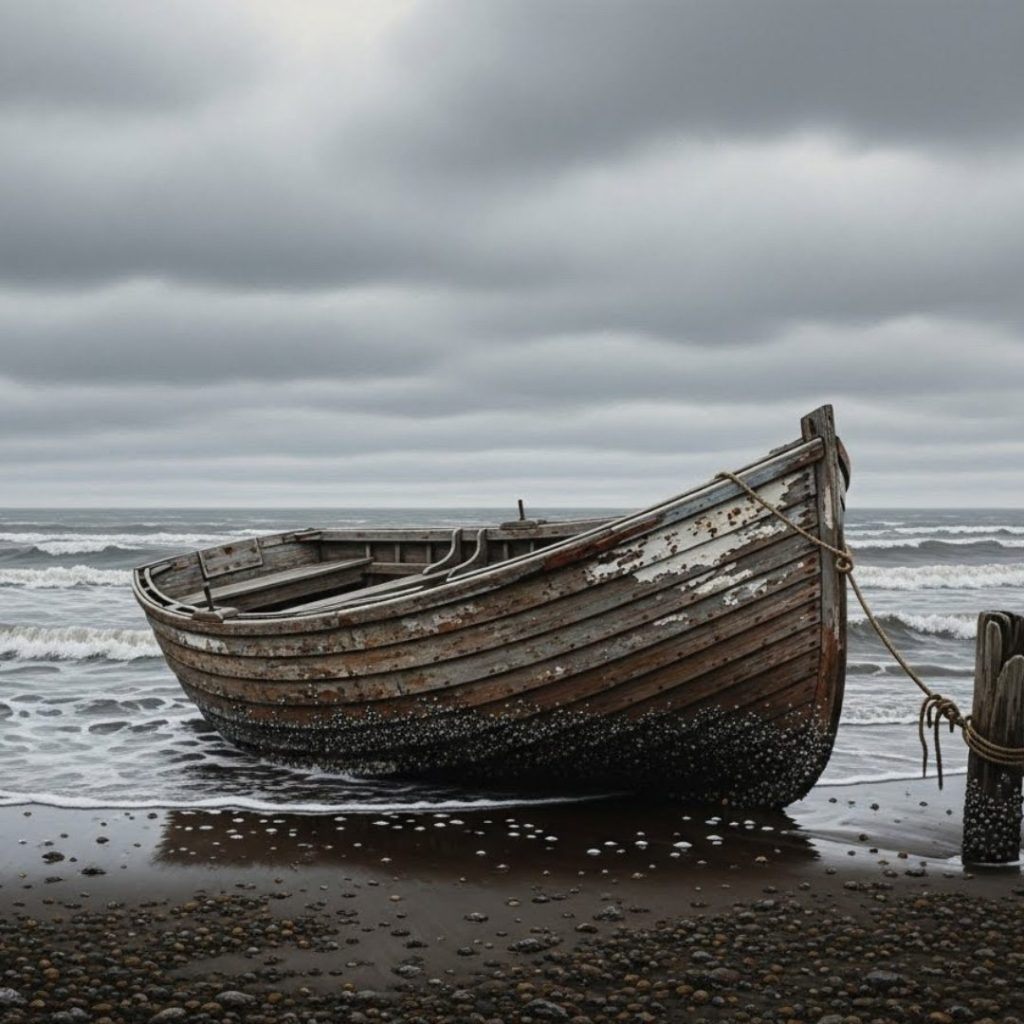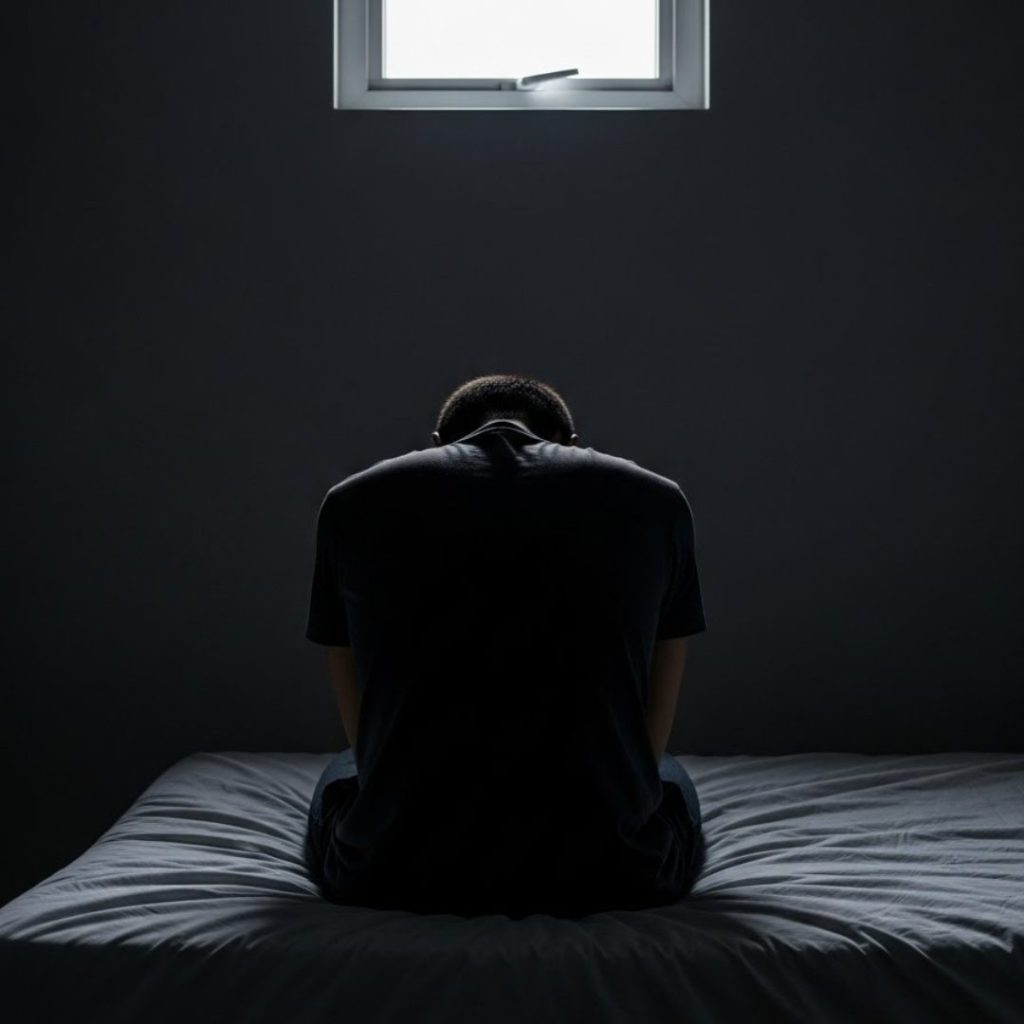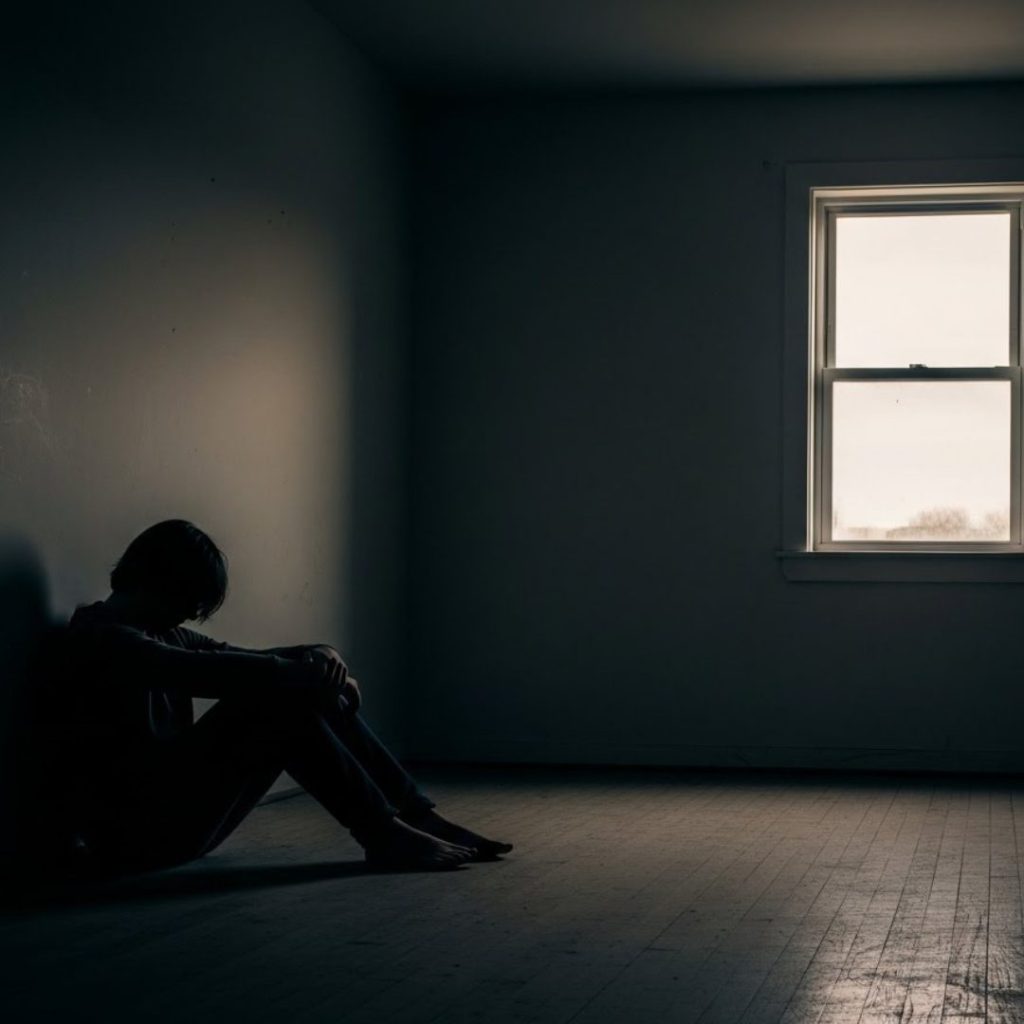In This Article
Unipolar depression touches your life in ways that feel heavy and quiet. You might feel the weight in your chest, notice it echo in your thoughts, and see it show up in your daily routines. As you move through each day, you may sense how unipolar depression shapes your world. You hear the term and wonder how it fits into your lived story.
You may compare it to major depressive disorder, major depression, or even bipolar disorder, and still feel unsure of what makes it different. I want to walk with you through this gently. I want to help you understand how this type of depression unfolds, how it influences your thoughts, how it changes your body, and how you can rise again with clarity and balance.
Understanding What Unipolar Depression Really Means

With terms like major depression and clinical depression used so often, it’s natural to feel uncertain about where unipolar disorder belongs. You may feel lost in long names and clinical labels. You do not need to worry. Unipolar depression is one type of mood disorder within the broader category of mood disorders. It pulls your mood downward without taking you upward into manic episodes. The absence of a manic episode is a defining feature of unipolar depression, distinguishing it from bipolar disorder. That is the key difference between this condition and bipolar disorder. When you live with bipolar disorders, your mood rises and falls, including both depressive and manic episodes. When you have unipolar depression, your mood settles in a long stretch of low energy and depressed mood.
You might wonder what it actually feels like, notice long stretches of sadness, feel worn down, and lose interest in things you once loved. These are symptoms of depression that appear again and again. In clinical diagnosis, these recurring symptoms are often identified as a major depressive episode, which is central to diagnosing unipolar depression. These are experiences often associated with depression. These moments may feel like they define you. They do not. You are more than any mental health condition. You are more than any name from the diagnostic and statistical manual or the american psychiatric association.
As you read this, you may also hear about bipolar depression and feel confused. Do not worry. You can think of bipolar and unipolar depression as two branches of the same tree. But your branch stays steady. It leans downward. It does not swing upward. This steadiness helps mental health professionals and each mental health professional know how to diagnose depression clearly.
How Unipolar Depression Shows Up in Your Daily Life

You might notice depressive symptoms the moment you wake, feel a heavy fog, and move through a slow start. These moments show up as low mood, tired thoughts, and depression symptoms that stay with you throughout the day.
You may experience headaches or a slower pace, deal with aches that lack a clear source, and observe weight gain or appetite changes. These shifts may appear slowly. These shifts may feel confusing. But they are common and are often associated with depression.
You may also notice cognitive symptoms. These may include trouble focusing. You may forget simple tasks. You may lose your train of thought. These experiences do not mean you are weak. People with unipolar depression often experience low self esteem, which can negatively affect daily functioning and emotional well-being. They show how this mood disorder shapes your mind.
Some people experience unique forms like psychotic depression or catatonic symptoms, though these are less common. They remind you that depressive disorders can vary widely.
Why Unipolar Depression Develops Over Time

You may ask yourself why you are developing unipolar depression. You may wonder why you feel this way even if your life looks steady. Many factors influence developing depression. You may carry a family history of mood challenges. You may hold a genetic predisposition. These genetic and biological factors can increase your depression risk, as certain genetic polymorphisms and neurobiological abnormalities may make you more vulnerable. Understanding your depression risk can help with prevention and early intervention. Symptoms can be influenced by prolonged stress exposure, persistent cognitive or emotional factors, and the presence of underlying medical disorders.
Your brain chemistry may shift in ways you cannot see. Your central nervous system may react to change. You may feel the effect before you understand the cause. None of this means you failed. None of this means you are broken.
Common risk factors include stress, trauma, and long periods of strain. Even joyful life events can create life stress that makes you feel off balance. You may have a history of depression or a first depressive episode that resurfaced. You may notice recurrent depression or long-term patterns that point to chronic depression.
How Severe Depression Shapes Your Emotional World

You may experience episodes of severe depressive slowing in which energy drops rapidly, accompanied by a sense of moving in slow motion and periods of emotional numbness rather than distress. These experiences are still a form of pain. You may feel your depression severity rise and fall. You may face a long depressive episode or many depressive episodes over time.
At times, you may face intense thoughts. You may feel significant distress. You may even worry about suicidal behavior. In these moments, please reach out to someone you trust. Reach out to a doctor, hotline, or counselor. You are not meant to face these alone.
READ ALSO: Psychotherapy for Postpartum Depression, Explained
How Bipolar Disorder Differs from Unipolar Depression

You may hear people confuse bipolar disorders with unipolar depression. You may hear phrases like either bipolar disorder or unipolar forms. The difference is simple. Bipolar disorder brings highs and lows. Unipolar disorder brings lows without highs. When you experience only low states, you are likely facing unipolar depression rather than bipolar depression.
This difference matters. It helps mental health providers determine the optimal therapeutic approach, grounded in a detailed understanding of your past experiences, symptom patterns, and emotional processes.
How Mental Health Professionals Diagnose Unipolar Depression

A mental health professional may use the diagnostic criteria from the diagnostic and statistical manual or the statistical manual of mental disorders. This helps them identify your symptom severity and your patterns. They may ask about other symptoms like sleep changes or appetite shifts. They may ask about past events, patterns, work routines, or feelings.
This process helps them see your full story. It helps them rule out other mental disorders or psychiatric disorders. You may complete forms that measure depression scores. These scores help shape next steps.
How Physical Symptoms Connect to Your Emotional State

You may feel your mood shift first. You may feel your body shift next. These physical symptoms may appear as headaches, tense muscles, fatigue, or digestive changes. Your body reflects your mind. Your mind reflects your body. You are not imagining these sensations. Research using neuroimaging has identified brain pathology—structural and functional changes in the brain—associated with unipolar depression, helping to explain both the physical and emotional symptoms.
Your doctor may explore whether your symptoms come from mood patterns, stress, or medical conditions. They may ask about movement, illness, or long-term strain. These reflections help you understand how physical illness and emotional patterns influence one another.
How Unipolar Depression Relates to Other Psychiatric Disorders

Unipolar depression, also known as major depressive disorder, often exists alongside other mental health conditions. You may find that your experience of depression is complicated by anxiety, such as panic disorder or generalized anxiety. In fact, the American Psychiatric Association notes that about half of those with major depressive disorder also live with some form of anxiety disorder. This overlap can make your symptoms feel more intense and your path to healing more complex.
Unipolar depression can also be comorbid with other psychiatric disorders, including psychotic depression, where symptoms of depression are accompanied by a break from reality, or postpartum depression, which can occur after childbirth. Sometimes, people with unipolar depression may also have a history of bipolar disorder in their family or may experience symptoms that overlap with other mental health conditions.
Understanding these connections is important. It helps mental health professionals create a treatment plan that addresses all aspects of your mental health, not just one diagnosis. If you notice symptoms that seem to cross into other areas—like anxiety, psychosis, or changes after childbirth—know that you are not alone, and that these experiences are recognized and treatable parts of the broader world of psychiatric disorders.
READ ALSO: How to Clear Mind When You Can’t Slow Down
Where Unipolar Depression Fits in the World of Depressive Disorders

Unipolar depression is one of several types of depressive disorders, but it stands apart because it involves a steady, persistent low mood without the highs of mania seen in bipolar disorder. You may hear terms like mild depression, moderate depression, or severe depression—these describe the intensity of your symptoms and how much they affect your daily life.
According to the diagnostic and statistical manual, or DSM-5, unipolar depression is diagnosed when you experience at least five depressive symptoms, such as a depressed mood, loss of interest in activities, changes in sleep or appetite, and difficulty concentrating. These symptoms must last for at least two weeks and represent a change from your usual self.
Unipolar depression is a common mental disorder, and it can look different for everyone. Some people may have mild depression that feels like a constant gray cloud, while others may experience severe depression that makes daily tasks feel impossible. No matter where you fall on this spectrum, your experience is valid, and help is available.
How Treatment Works for Unipolar Depression

You may worry about healing. You may worry that treatment will not work. Many people heal slowly and steadily. You can as well. When you choose to seek treatment, you open a door to new clarity.
Treatment may include antidepressant medications or antidepressant medication. Many people begin with initial treatment involving selective serotonin reuptake inhibitors. Others may try atypical antidepressants. Some face treatment resistant depression, and may need deeper care.
Psychological therapies, such as cognitive-behavioral therapy (CBT), interpersonal therapy, psychoanalysis, psychodynamic psychotherapy, and mindfulness-based therapies, also help. These therapies are effective in treating different types and severities of unipolar depression, and can play a key role in relapse prevention and managing chronic depression. Here, you grow your skills, examine your beliefs, give yourself room to evolve, and discover tools that shift your mindset.
People often combine therapy with positive lifestyle changes. It’s an opportunity to improve your sleep, deepen your grounding skills, and build steadying routines that support clarity and calm.
How Treating Unipolar Depression Supports Your Mind and Body

When you begin treating depression, you give yourself room to breathe. You allow yourself to heal, recognize early shifts, think more clearly, reconnect with what matters, and experience life without the haze.
When you set the intention to treat unipolar depression, you practice self-kindness. You allow yourself to grow, consider therapy or medication, experiment with new habits, and lean on the people who support you.
You may even use structured material like the clinical psychology review for insight, though this is more for professionals. What matters most is that you keep going. Even tiny steps count.
How Culture and Society Shape the Experience of Depression

The way you experience depression is shaped not just by your biology, but also by your culture and society. In some cultures, talking about mental health or seeking treatment may be seen as a sign of weakness, while in others, it may be encouraged as a normal part of self-care. These cultural differences can affect how you express your feelings, how you cope with stress, and whether you feel comfortable reaching out for help.
Societal expectations and stigma can make it harder to seek treatment or even to recognize depression in yourself. You may feel pressure to hide your symptoms or to “tough it out” instead of asking for support. Understanding that these feelings are influenced by your environment can help you be kinder to yourself and more open to seeking the help you deserve.
If you come from a background where emotional expression is discouraged, or where mental health is not often discussed, know that you are not alone. Many people face these barriers, and mental health professionals are trained to offer support that respects your cultural values and personal experiences.
READ ALSO: Emotion and Intelligence: Your Inner Wellness Tools
Why Stigma and Awareness Matter in Unipolar Depression

Stigma around mental illness can make living with unipolar depression even harder. You may worry about what others will think if you seek treatment, or you may feel ashamed of your symptoms. This stigma can prevent people from reaching out for help, leading to longer periods of suffering and more severe symptoms.
Raising awareness about unipolar depression and mental health is essential for breaking down these barriers. Awareness campaigns and education, like those supported by the National Institute of Mental Health, help people understand that depression is a real medical condition—not a personal failing. When more people talk openly about their experiences, it becomes easier for others to seek treatment and find support.
Remember, seeking help is a sign of strength, not weakness. The more we talk about mental illness and mental health, the more we can support each other and improve treatment outcomes for everyone.
Understanding Other Types of Depression and Their Influence

You may hear of postpartum depression, mild depression, or other forms within the group of depressive disorders. These names describe patterns, not your worth. Each type of depression has its own rhythm. But they all share a common thread: a low mood that shapes your days.
You may also hear of bipolar depression or bipolar disorders within this larger group. Though they differ, they share deep emotional impact. They remind you how complex the mind can be.
What the Future Holds for Understanding and Treating Unipolar Depression

The future of treating unipolar depression is full of hope and innovation. Researchers are learning more about how genetic factors, environmental influences, and psychological factors all play a role in developing depression. This knowledge is helping mental health professionals create personalized treatment plans that fit your unique needs.
New therapies, such as cognitive behavioral therapy and interpersonal therapy, continue to show strong results in reducing depressive symptoms and helping people regain their sense of self. Technology is also opening new doors—mobile apps, online therapy, and virtual support groups are making mental health services more accessible than ever before.
As we learn more about unipolar depression, treatment will become even more tailored and effective. If you are treating unipolar depression now, or thinking about seeking help, know that you are part of a future where mental health care is more compassionate, personalized, and available to all who need it.






















